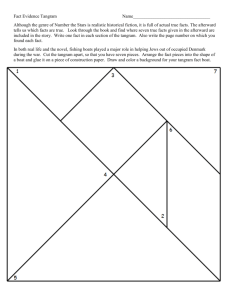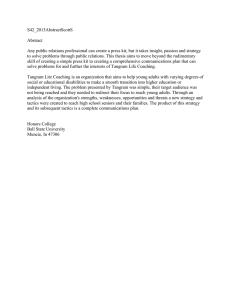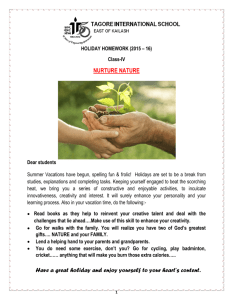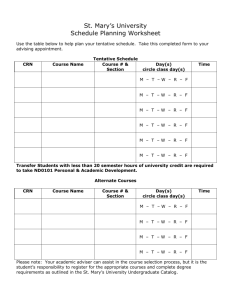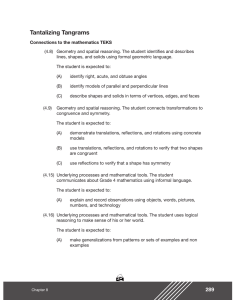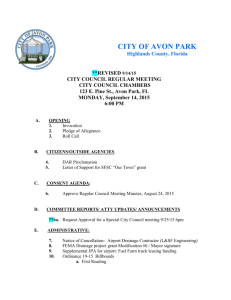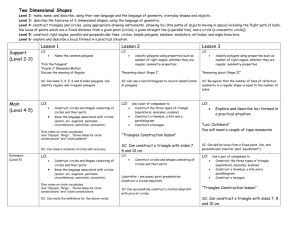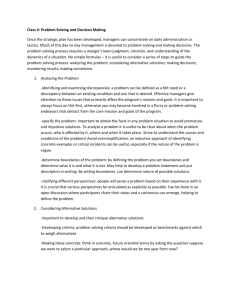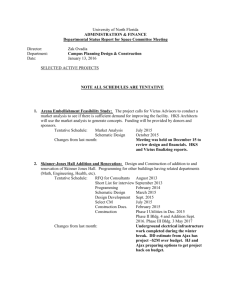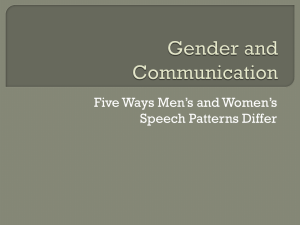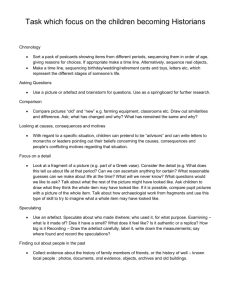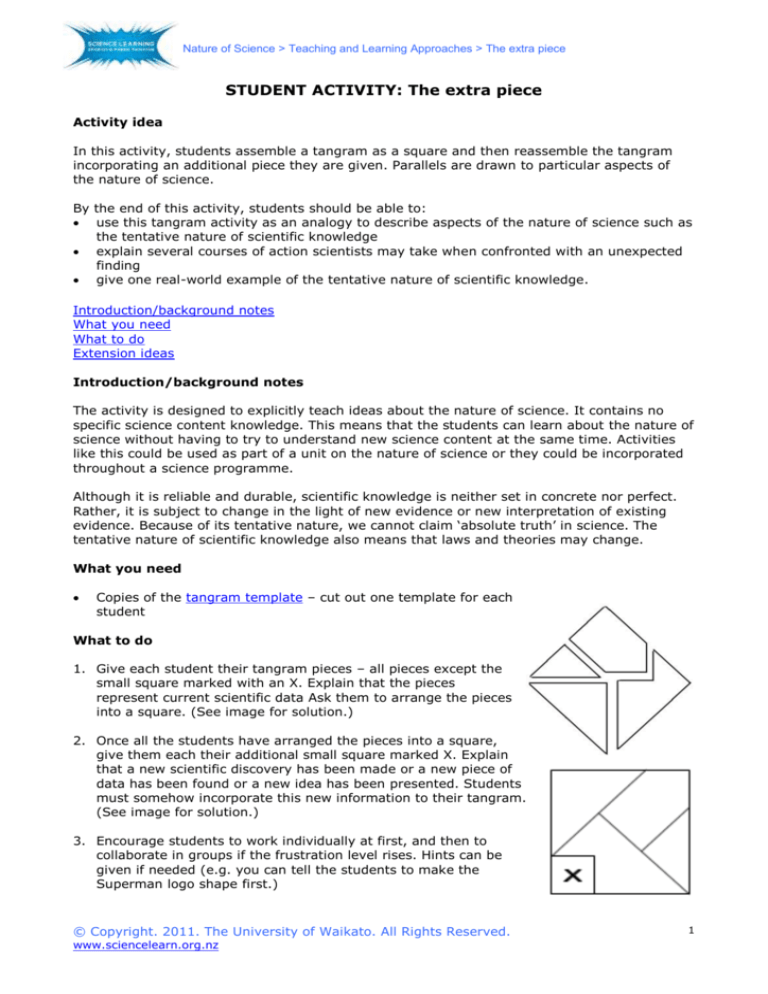
Nature of Science > Teaching and Learning Approaches > The extra piece
STUDENT ACTIVITY: The extra piece
Activity idea
In this activity, students assemble a tangram as a square and then reassemble the tangram
incorporating an additional piece they are given. Parallels are drawn to particular aspects of
the nature of science.
By the end of this activity, students should be able to:
use this tangram activity as an analogy to describe aspects of the nature of science such as
the tentative nature of scientific knowledge
explain several courses of action scientists may take when confronted with an unexpected
finding
give one real-world example of the tentative nature of scientific knowledge.
Introduction/background notes
What you need
What to do
Extension ideas
Introduction/background notes
The activity is designed to explicitly teach ideas about the nature of science. It contains no
specific science content knowledge. This means that the students can learn about the nature of
science without having to try to understand new science content at the same time. Activities
like this could be used as part of a unit on the nature of science or they could be incorporated
throughout a science programme.
Although it is reliable and durable, scientific knowledge is neither set in concrete nor perfect.
Rather, it is subject to change in the light of new evidence or new interpretation of existing
evidence. Because of its tentative nature, we cannot claim ‘absolute truth’ in science. The
tentative nature of scientific knowledge also means that laws and theories may change.
What you need
Copies of the tangram template – cut out one template for each
student
What to do
1. Give each student their tangram pieces – all pieces except the
small square marked with an X. Explain that the pieces
represent current scientific data Ask them to arrange the pieces
into a square. (See image for solution.)
2. Once all the students have arranged the pieces into a square,
give them each their additional small square marked X. Explain
that a new scientific discovery has been made or a new piece of
data has been found or a new idea has been presented. Students
must somehow incorporate this new information to their tangram.
(See image for solution.)
3. Encourage students to work individually at first, and then to
collaborate in groups if the frustration level rises. Hints can be
given if needed (e.g. you can tell the students to make the
Superman logo shape first.)
© Copyright. 2011. The University of Waikato. All Rights Reserved.
www.sciencelearn.org.nz
1
Nature of Science > Teaching and Learning Approaches > The extra piece
4. Once all or most of the students have arranged the pieces correctly, ask them to
brainstorm and share how this activity is similar to ‘doing’ science. Some examples:
Assembling the pieces into a square shape can represent scientists assembling data into
evidence, ideas into an explanation or coming up with a model, theory or law.
The students assumed the pieces fitted together into a square. Scientists assume that
patterns, explanations, theories, laws and models can be made.
Trial and error can be an essential ingredient to science.
New information may require the old thinking to be modified or discarded.
Our current information may be incomplete and therefore scientific knowledge, while
durable, is always tentative and subject to change.
Sometimes, we get lucky and find the pattern or ‘answer’.
Collaboration may be helpful.
Once we arrive at ‘the answer’, it makes perfect elegant sense.
Extension ideas
The concept of the tentative nature of scientific knowledge can be explored. See Tenets of the
nature of science and Myths of the nature of science.
Scientific paradigm and paradigm shifts such as germ theory, theory of evolution or atomic
theory can be discussed.
Acknowledgement
Reprinted with kind permission from Jason Choi
Source: http://www.scienceteacherprogram.org/genscience/Choi04.html
© Copyright. 2011. The University of Waikato. All Rights Reserved.
www.sciencelearn.org.nz
2

